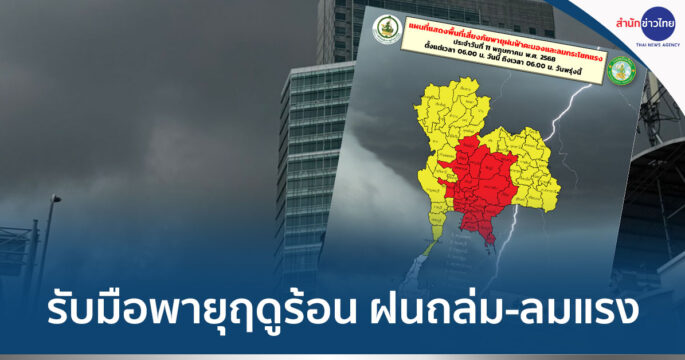PHANGNGA, Dec 27 (TNA) – Two decades after Thailand’s deadliest natural disaster, the fishing community of Ban Nam Khem continues to grapple with lasting changes to their livelihood and landscape, highlighting the long-term impact of the 2004 Indian Ocean tsunami that claimed over 3,000 lives in Phang Nga province alone.
The tsunami, which struck on December 26, 2004, hit Ban Nam Khem in Takua Pa district particularly hard. The village’s geographical location, surrounded by open sea without protective islands, left it vulnerable to waves as high as a two-story building that decimated the community within minutes.
The disaster has permanently altered the area’s geography. A lighthouse that once stood at the mouth of Klong Pak Koh canal and a nearby fishing pier, previously vital to the local fishing industry, have been replaced by land and a football field. Local officials say sediment deposits from the tsunami have made the water too shallow for medium and large fishing vessels to dock.

The changes have forced local fishermen to travel dozens of kilometers to other ports, significantly increasing their operating costs.
“This is the ongoing suffering of Nam Khem villagers,” says Manatsak Yuankaew, the village headman of Moo 2 Ban Nam Khem. “The impacts continue to cascade through our community.”
Villagers need help to restore their ability to make a living as their main occupation is fishing, but without proper port facilities, many families are struggling to survive.
“Fishing is really suffering right now. The shallow river mouth means boats can’t get in, and it’s hurting our local economy,” says Sanya Kongma, a local resident.

The tsunami’s impact extends beyond the mainland. Pha Island, opposite Nam Khem, has largely eroded away, while more than 500 rai (approximately 200 acres) of land on Kho Khao Island has been submerged by the sea since the disaster.
As natural disasters become increasingly severe due to climate change, local residents have become more prepared for emergencies. However, at the same time, the government needs to develop clear and concrete strategies for disaster preparedness, response, and recovery to keep pace with the ever-changing nature of natural disasters and prevent a repeat of the devastation seen in the tsunami 20 years ago. – 819 (TNA)














